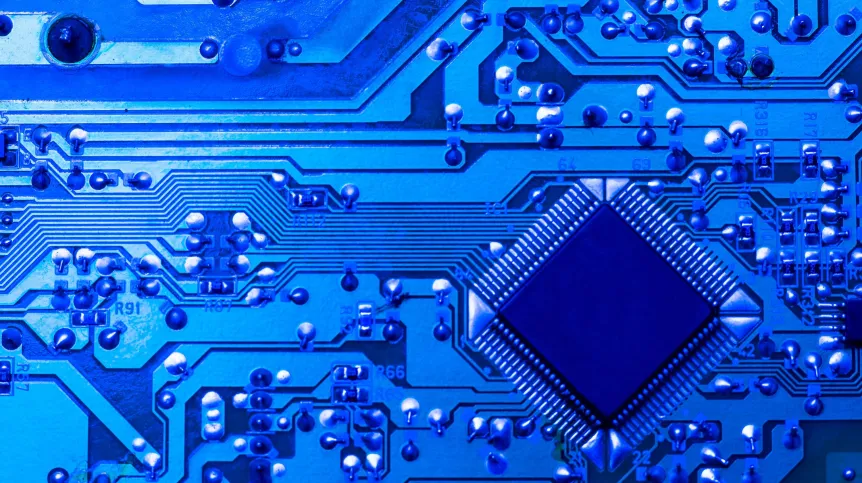
A system based on monitoring life parameters of soldiers will help medical services and commanders make quick decisions about the order of evacuation and providing quick medical aid to those injured on the battlefield. This year, the consortium led by the Military University of Technology is completing design work.
Measuring life parameters on the move, during soldier activity, requires specific sensors that make up the system developed by experts from the Faculty of Electronics of the Military University of Technology, the Military Institute of Medicine and TELDAT. Field and clinical tests confirm that these sensors record data comparable to professional medical devices, and information can be transmitted without loss of quality.
'This gives us an opportunity to undertake further work to bring the SWD-EwMED demonstrator to the IX level of technological readiness and ultimately implementing our solution in the Polish Army, and in particular in the newly created Medical Forces', says Dr. Piotr Łubkowski, the project leader from the Military University of Technology.
Medics from the Military Institute of Medicine believe that the implementation of the system will translate directly into the safety of soldiers. Based on continuous measurement of life parameters, soldiers are automatically classified into groups marked green, yellow, red or blue, which facilitates the work of medics and allows them to immediately reach the soldiers in need at the scene of the incident.
The Military Institute of Medicine spokesman Mariusz Gierej says that scientists have developed a reliable set of parameters supporting the decision-making process to evacuate a soldier or send medical assistance, which also uses the JASMINE system, which shows information about the health of soldiers located on a map intended for military medical services. In accordance with NATO standards, military medics identify wounded soldiers, using specific criteria to determine the order of providing assistance.
Dr. Łubkowski from the Faculty of Electronics at the Military University of Technology says that the sensors can be installed in a T-shirt and a balaclava. They will measure heart rate, respiratory rate, blood pressure and blood oxygen saturation, skin temperature and physical activity. These are typical parameters that provide information about the current condition of the human body. The equipment also provides information about critical health problems resulting from trauma, the occurrence of open wounds or other bodily injuries suffered during battlefield operations, and more.
Additionally, the SWD-EwMED system will identify the soldier's position, so it will be known whether the monitored person is moving, has stopped or has fallen. The project leader says that combat conditions cannot be fully predicted and controlled. Therefore, it is insufficient to monitor soldiers with popular smartwatches connected to an app, used, for example, by runners. There is much greater dynamics on the battlefield. The command and medical services must have as much information as possible about the soldier in order to make a decision about evacuation when necessary, and then easily transfer the collected medical data in the form of a patient card to the hospital.
Electronics engineers from the Military University of Technology, in collaboration with medics from the Military Institute of Medicine, have developed a reliable set of parameters necessary to make a decision to evacuate a soldier or send medical assistance.
A person whose parameters do not deviate from the norm will be marked green in the system. In case of problems, the colour yellow will be used, while the colour red will indicate an urgent need for assistance.
The analysis and inference system, which is a part of SWD-EwMED, will transmit comprehensive information in graphic and text form to the medic on duty along with a full list of data in the form of life parameters. Information about the soldier's health condition will be presented graphically on the map. The graphical representation of information about the soldier's condition is linked to the 'patient card', which is displayed after selecting the icon representing the monitored soldier. The system supports doctors, but does not make decisions for them. An experienced medic's decision will be required to initiate the medical evacuation process.
The medical evacuation team that will move towards the soldier will be informed in real time about the soldier's location and current health condition. The doctor will have access to the patient's electronic record, just like paramedics in ambulances now do.
The system development is co-financed by the Polish National Centre for Research and Development ('Szafir' competition). (PAP)
PAP - Science in Poland
kol/ bar/ kap/
tr. RL













